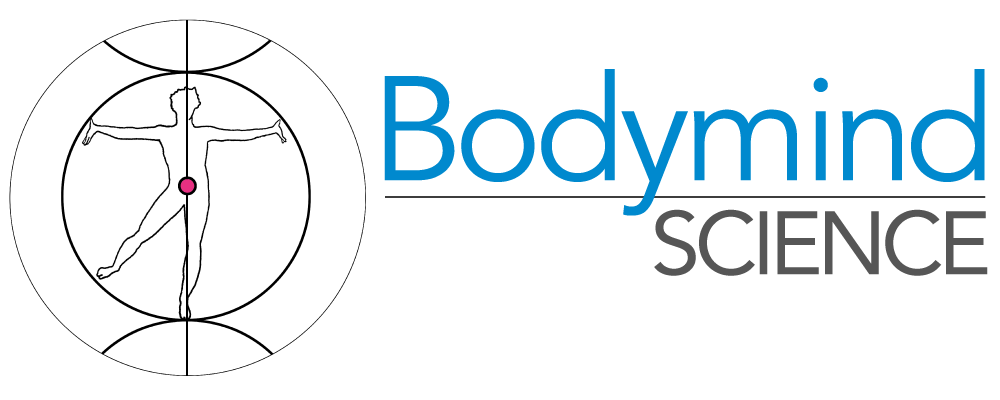Well, I am sitting in the Dartmouth Coach (a welcome feature of life in the Vermont/New Hampshire Upper Valley), on my way to Asheville, North Carolina and the National Qigong Association conference, where my colleague Mardi and I will be presenting about our research on Qigong.
Qigong (pronounced “chee goong”) is a traditional Chinese healing art, which is the biggest influence on Bodymind Training, so this seems like a good time to write about it.
Like many people, I came to Qigong via T’ai Chi, which is much more widely known. Everyone has seen images of groups of people in Chinese parks, moving in unison in graceful slow-motion. Although it looks like a dance, Taijiquan (to give it’s full name) is a powerful martial art; the slow-motion sequence is just the first step. And a difficult one! Although there are simplified versions, one of the more popular styles has 108 precise movements, which can take over a year to learn; and only then can one focus fully on the deeper aspects of the art.
I first learned Taijiquan in London in the early 70s. At that time it was not widely known in the West, and little information was available about its deeper aspects. I gleaned every nugget I could from my teacher and from books. I was already familiar with the concept of “chi” (also spelled “qi”, and translated as “life energy”), and I recognized that a central aspect of Taijiquan was to promote the free circulation of qi throughout body and mind. Whatever exactly that meant!
My early studies of the martial arts led me into teaching—initially self-defense, but gradually I found I was much more interested in teaching about centering, grounding, and awareness. These are core aspects of most martial arts training; but I wanted to be able to teach them without the necessity of learning long movement sequences or specific martial techniques. That is where Qigong comes in! Qigong uses simple, easily learned movements, clearing the way for a deep focus on the more meditative and healing aspects.
So what are these deeper aspects? Traditionally, Qigong is said to involve “balancing the body, the breath, and the mind”. This formulation demonstrates the Chinese worldview, which sees body, breath and mind on a continuum; this is radically different from the traditional Western view, which (after Descartes) posits the mental realm and the physical realm as fundamentally distinct—thus giving rise to “the mind-body problem”: how do these two realms manage to influence each other?
The Chinese word for “breath” is “qi”; the same word as used for the mysterious “life energy”. (In fact, most traditional cultures have a similar word, meaning both breath and life energy.) Qi forms a bridge between “body” and “mind”; mind is seen as a subtle form of qi, and the body as a coarse form. Again, this is very different from the Western view. Science grappled with the concept of “life energy” in the 19th Century, and concluded definitively that there was no such thing, a conclusion which has only been reinforced over the decades by a massive body of research. Any mention of qi, prana, or life energy. To a scientist, will immediately result in eye-rolling and mutters of “woo-woo”.
This is a big problem! Without the support of science, methods based on this view (which I call Bodymind methods) have no chance of mainstream adoption and acceptance by government or the medical and academic communities. Although over the past 4 decades an increasingly large number of people have embraced these arts, they have either been watered down to fit into the “physical” or “mental” dichotomy (as has happened to yoga and meditation respectively); or, as is the case with Qigong practitioners, the idea of qi is embraced as a mysterious energy not yet discovered by science; or alternatively qi is equated to a known scientific energy such as electromagnetic fields, sub-sonic vibration, or quantum effects. For reasons beyond the scope of this blog, this is a non-starter with scientists, and the gulf remains.
My own view is that neuroscience offers a way of resolving this apparent split. To explain “qi” in a way compatible with science, we must look to the brain and nervous system, not to undiscovered energies. In the past couple of decades, neuroscience has made incredible advances; and I am not talking of the undeniable technical achievements, but of an overall understanding of the way the brain works. This understanding has profound philosophical implications for our view of the nature of human experience and of reality itself.
Hopefully in forthcoming blogs I will be able to explain this in more detail; and in the meantime, I will be fascinated to see how (and whether!) presenters at the NQA conference address these issues.

